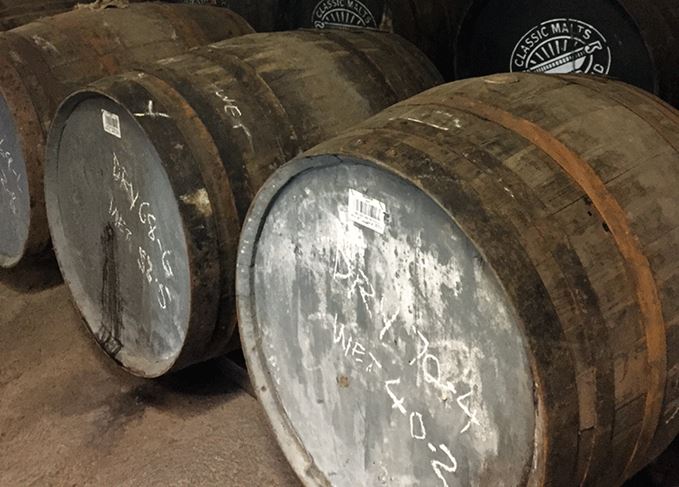Is age a signifier of quality? And what is the difference between age-stated, no-age-statement and ‘vintage’ whiskies? These are just some of the questions playing on the Whisky Virgin’s mind this week.

In my naive virgin state, I grew up to believe – as I’m certain many of you did too – that the quality of a whisky came down to its age or price. The older the whisky, the better it is; the more expensive the whisky, the better it is. Sounds familiar, right?
It’s a motto that, as far as I was concerned, served me well over the years – but that was before I started drinking whisky myself. And let me tell you, fam, it has been a real eye-opener to say the least; a never-ending journey of unlearning things I thought I knew and properly educating myself. So here’s the latest lesson, innit…
Before I got into whisky myself, the relationship between age and quality was my safety blanket whenever I’d buy a bottle of whisky as a gift; a reassurance that I was getting enough bang for my buck, you get me? But now my buyer’s guide has been tossed out the window and everything I thought I knew has been turned on its head, the safety blanket snatched away.
It started a few weeks ago when I came across a new whisky range, featuring two age statements and one no-age-statement – or NAS. But why, bruv? Why release two age statements and one without an age? I’ve been minding my own business for years assuming age is a good thing, and now you’re pushing NAS products on me for the same – or more – money, and it’s left me confused.
Now, after talking to several people who know much more about whisky than I do, I’ve just about wrapped my head around why whisky makers are bringing out more expressions with no age statements. I get that there are some shortages of older whiskies and that removing age statements makes room for more creativity with younger whiskies. You may see these advertised under fancy names such as ‘founder’s reserve’. You know the ones I mean?
But then, as if the confusion between age and no age wasn’t enough, I came across another brand that didn’t use age statements, or no-age-statements, but instead labelled every whisky with what’s called a ‘vintage’. These whiskies don’t have age statements, but they are also not necessarily no-age-statement. The ‘vintage’ reference is to the year the spirit was distilled, and so if you have the year it was bottled you can basically work out how old the whisky is. But, bruv, why am I doing the maths for you?
Other industries can have consistency across their labelling, so why can’t Scotch? You don’t see one butcher market his meat as ‘21-day aged beef’ and another as a ‘November 2016 vintage beef’, is it?
If you ask me, it’s hardly surprising there’s so much confusion about whether age statements are important and what they really stand for. When you hear so many conflicting views, who are you supposed to trust? All the while, it’s becoming increasingly clear that it really does come down to what’s in the bottle; age is just a number, it’s the liquid that counts.
And yes, it definitely needs education – but whatever the industry chooses to preach needs consistency. Otherwise, us newcomers are all going to be left out here bare confused.




